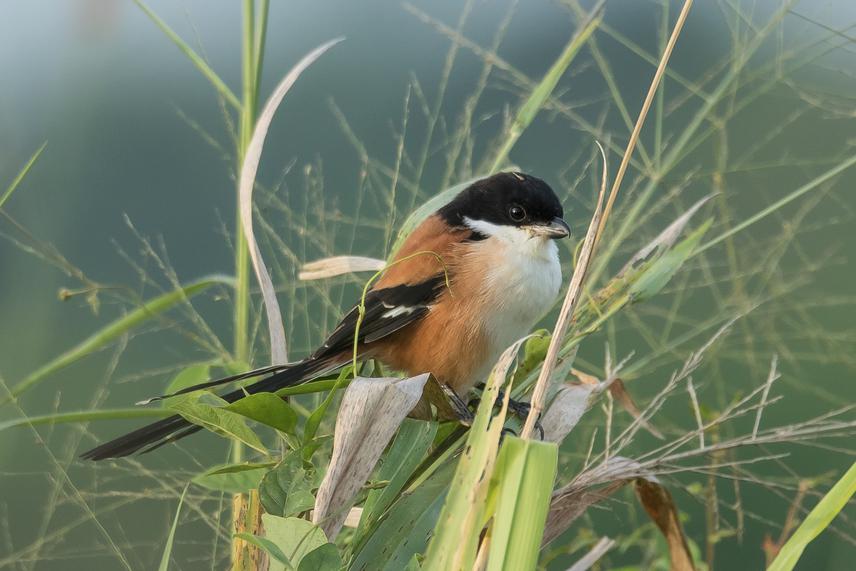Rongrong Angkaew
The project objectives are to quantify habitat use, location and extent of remaining habitats, population abundances, and significant threats to open-country bird populations in the Central Plains of Thailand. Project results will be used for proposing more bird-friendly agricultural policies, training of officers and establishing an outreach programme to promote awareness of threats from agricultural practices harmful for open-country birds (e.g., bird-exclusion netting) and how farmers could benefit from having more bird-friendly farms (i.e., pest control, eco-tourism).

Many temperate zone birds associated with open country (e.g., grasslands, or other natural/semi-natural areas with minimal tree cover) are in steep decline owing to habitat loss and agricultural intensification. For example, in North America, population trends of 74% of farmland-associated species showed declines from 1966 to 2013. In Europe, the farmland bird population index has also declined since 1967; species such as near-threatened Meadow Pipit (Anthus pratensis) in the UK has undergone a population decline of ~50% from 1967 to 2017. Limited data from the few available studies also suggest that such species in the tropics/sub-tropics also have declined, e.g., Black Drongo (Dicrurus macrocercus) and Brown shrike (Lanius cristatus). However, quantitative data for open-country birds are largely unavailable or insufficient for determining population trends in the tropics and therefore for making management decisions and conservation outreach activities in tropical Asia, especially in rice-dominated habitats.
Thailand is one of the world’s largest producers of rice and the Central Plains of Thailand (hereafter CPT) has been recognized as a key rice-producing area since the 1870s. Despite its focus on agricultural production, habitats dominated by paddy fields in the CPT still support enormous numbers of both resident and migratory birds. The CPT is considered an Important Bird and Biodiversity Area by BirdLife International. In this project, we will focus on the landbird community in open-country habitats of which over 20 regular species are of conservation concern either nationally or globally. We will assess their current populations and occurrence patterns in response to land-use changes and agricultural intensification (i.e., single-cropped rice fields and more intensive multiple-cropped rice fields). Additionally, the potential threats of bird-exclusion netting will also be determined as bird netting (which is usually lethal) is still commonly used by local people who perceive birds as threats to their crops, a practice that is likely a significant threat to several terrestrial and wetland bird species here. The abundance and habitat data will allow for more precise estimates of the size of remaining populations in the CPT and therefore, while still rough, will also allow for more precise global population estimates of these species of concern. Knowledge from this project will also be used for developing suggestions for conservation management plans regarding agricultural practices and potential threats from persecution (particularly from mist nets).